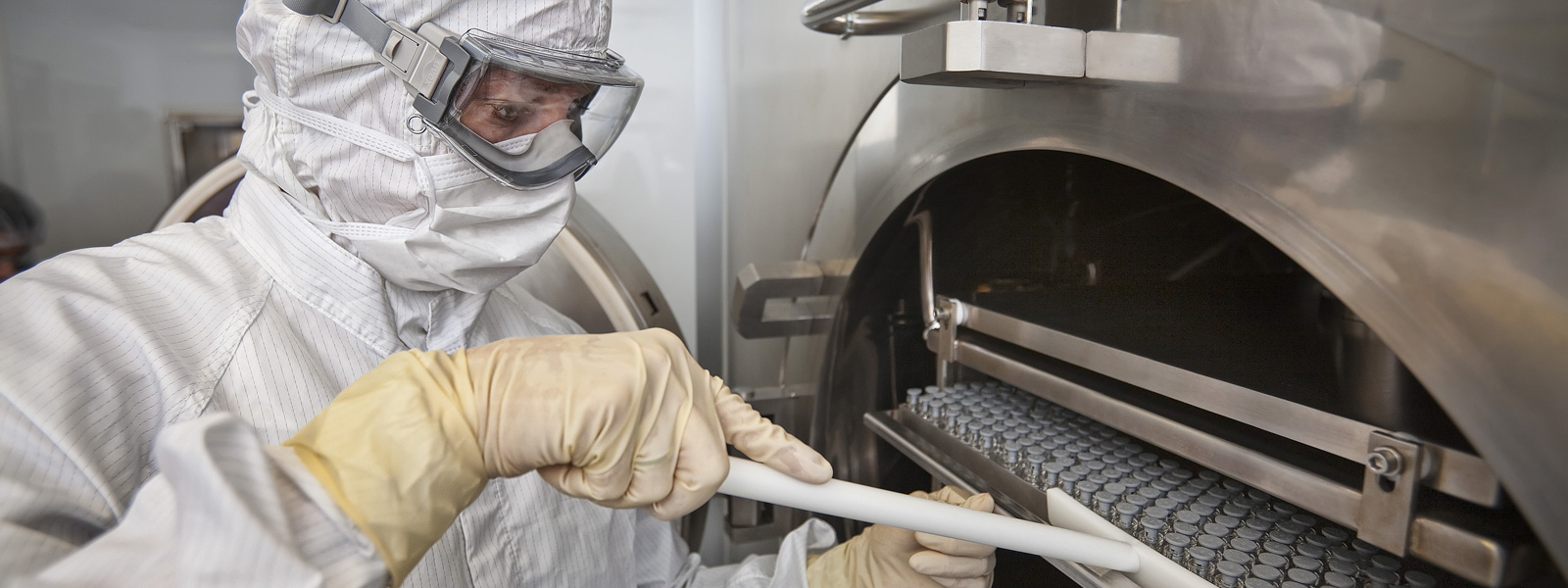What Does MTBF Mean?
Within maintenance management, the term MTBF (mean time between failures) is the most important key performance indicator after physical availability.
Within maintenance management, the term MTBF (mean time between failures) is the most important key performance indicator after physical availability.
‘Process Capability: What It Is and How It Helps,” parts one,
Photo by Andrew Lichtenstein/Corbis via Getty Images
If Fyodor Dostoyevsky had been a mathematician, he might have written a book called Crime and Statistics. However, since “statistics” doesn’t have quite the same ring as “punishment,” it wouldn’t have sold as well.
This is part three of a three-part series.
Annalise Suzuki, director of technology and engagement at software provider Elysium Inc., spoke to Quality Digest about the importance of model-based definitions (MBD) for data quality, validation, and engineering
Everybody wants to design and conduct a great experiment! To find enlightenment by the discovery of the big red X and perhaps a few smaller pink x’s along the way.
Walter Shewhart, father of statistical process control and creator of the control chart, put a premium on the time order sequence of data.

Machine learning as a tool in your analytical toolkit can help accelerate the discovery of insights in data that can create a more efficient manufacturing process and drive innovation.

Process validation is vital to the success of companies that manufacture pharmaceutical drugs, vaccines, test kits, and a variety of other biological products for people and animals.
This is the second article in a three-part series to help readers distinguish good metrics from bad. In part one we discussed good metrics.
© 2025 Quality Digest. Copyright on content held by Quality Digest or by individual authors. Contact Quality Digest for reprint information.
“Quality Digest" is a trademark owned by Quality Circle Institute Inc.